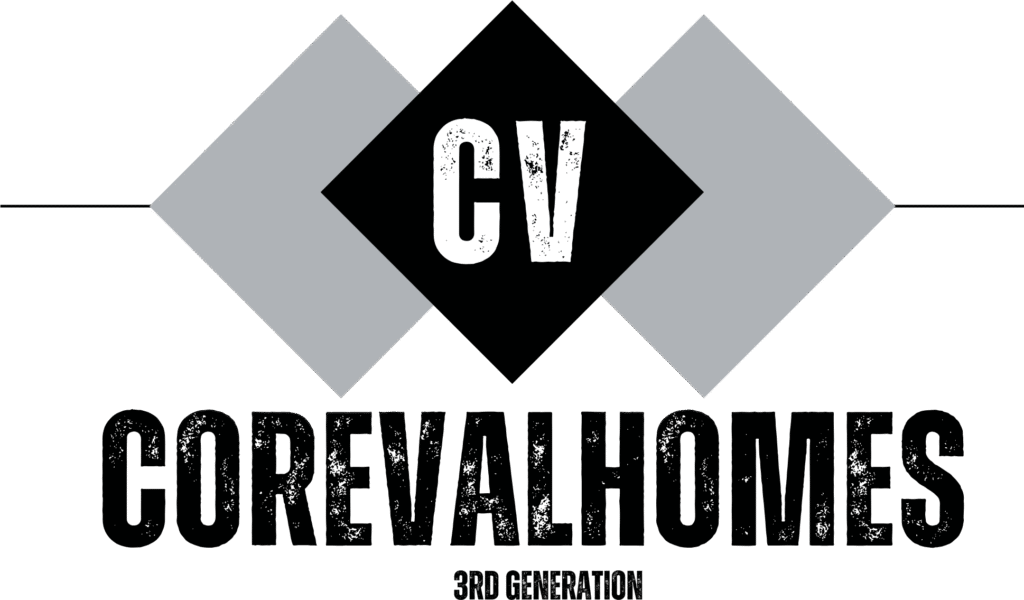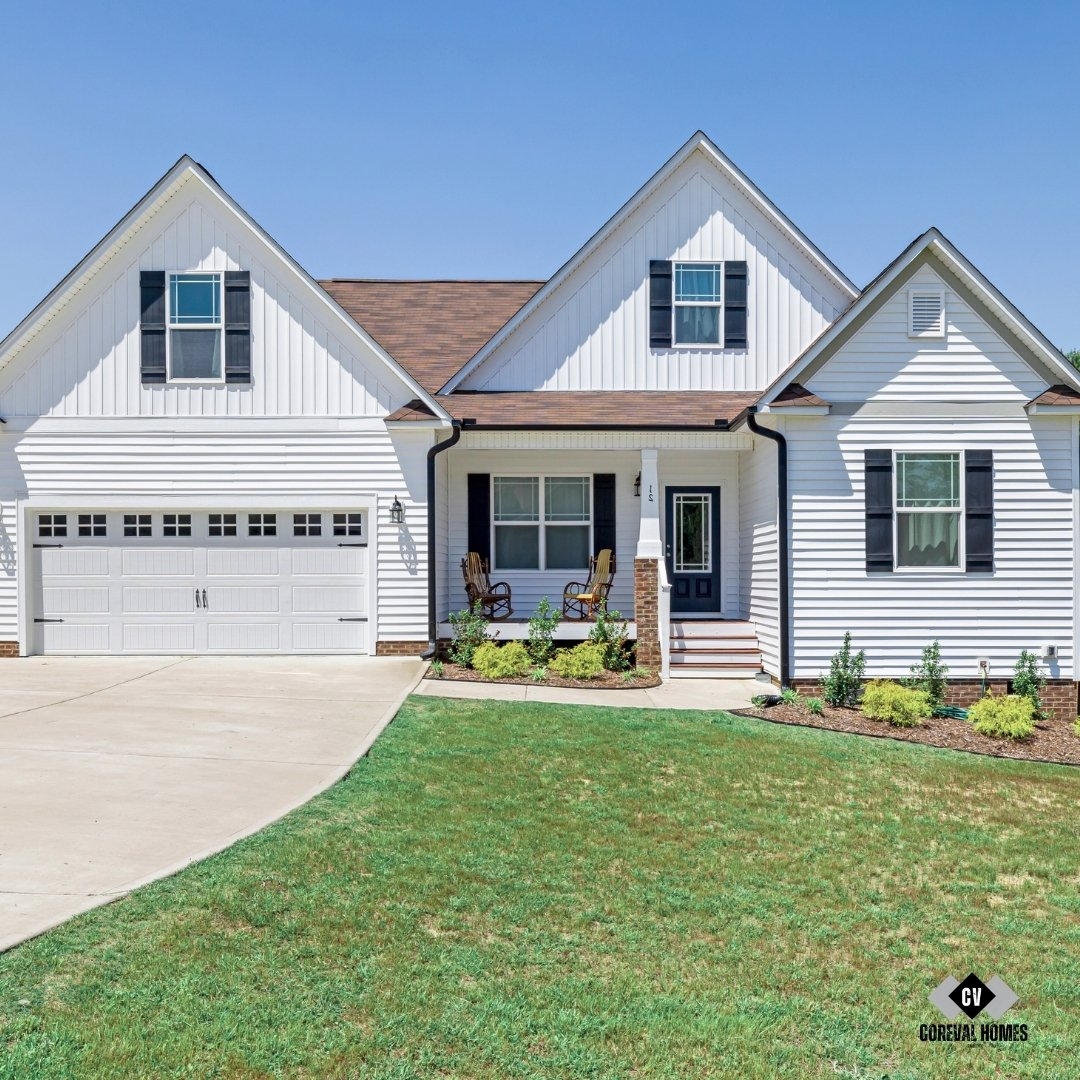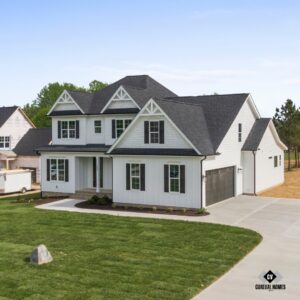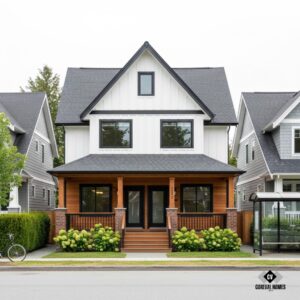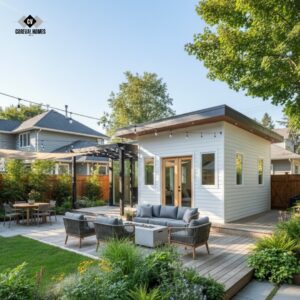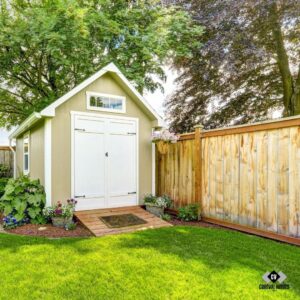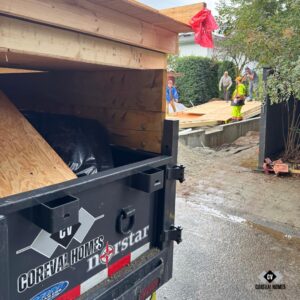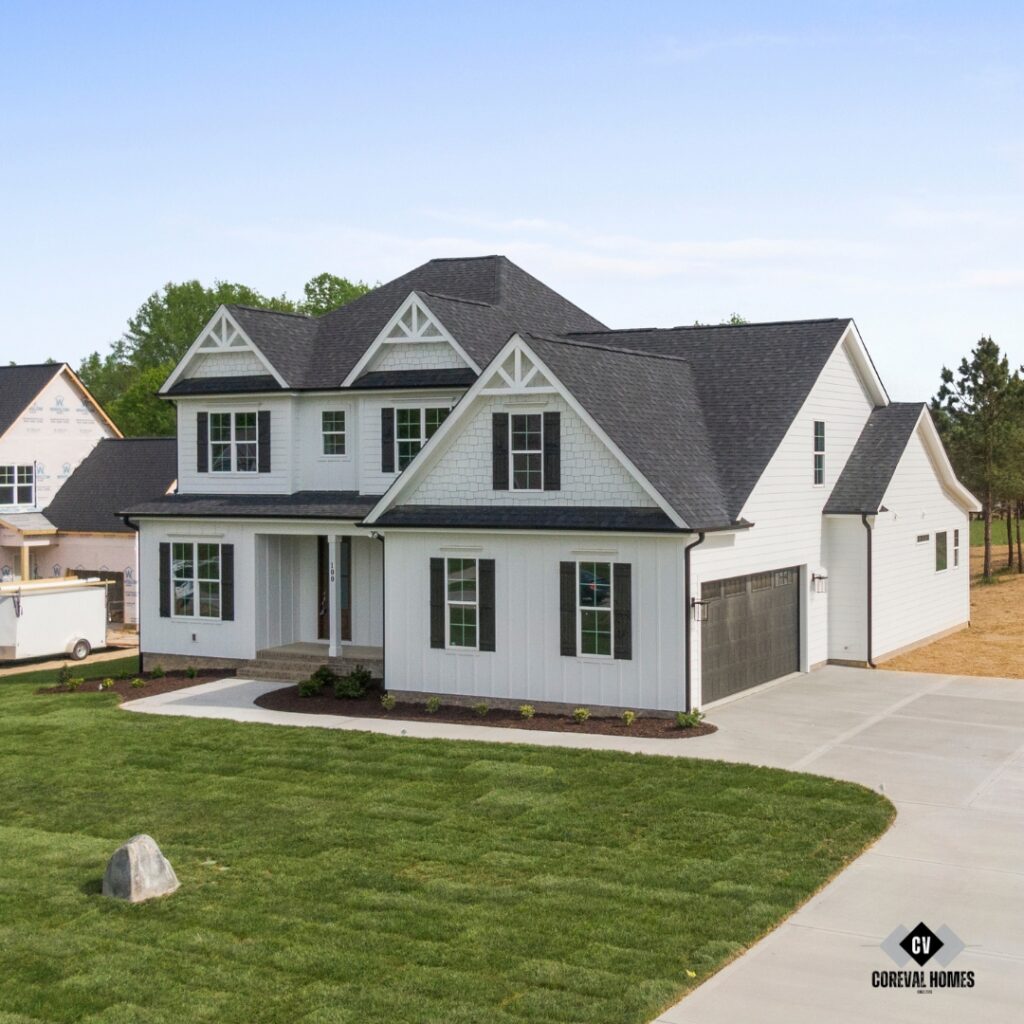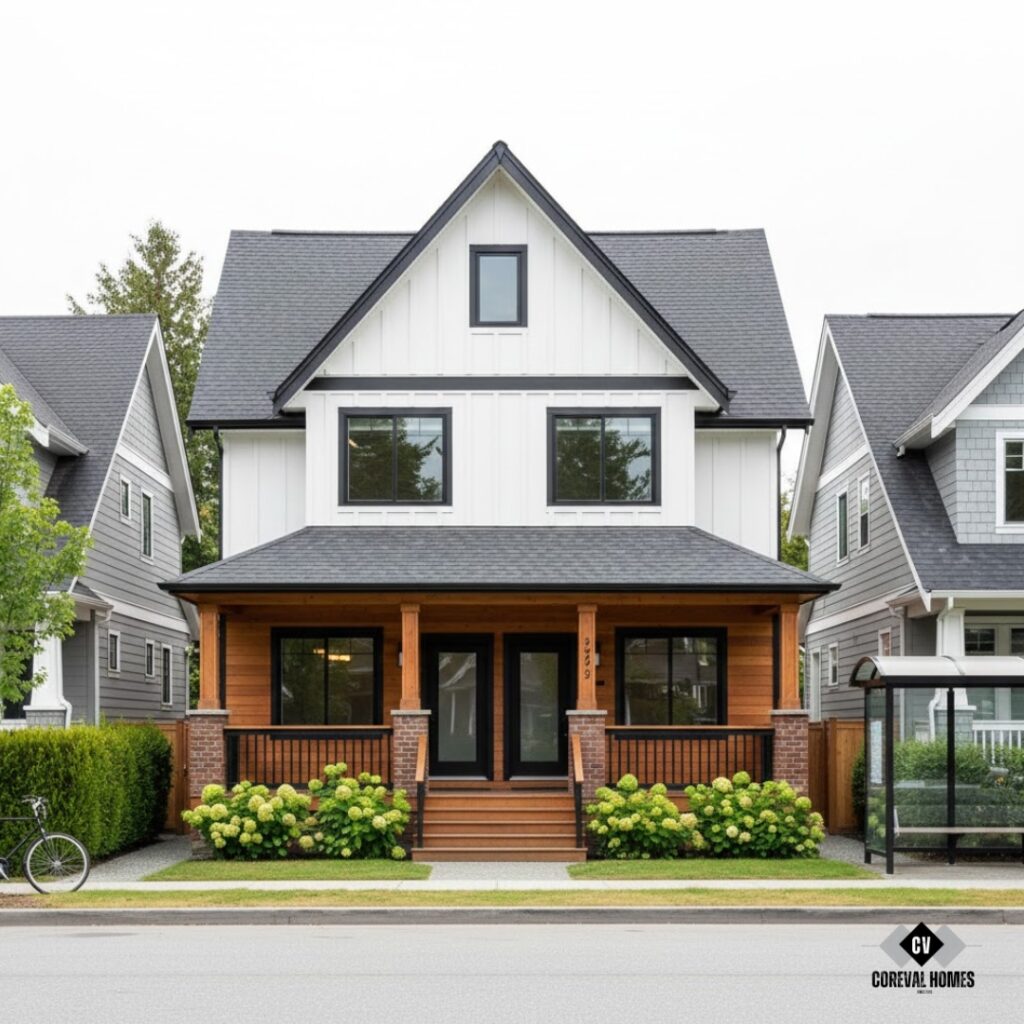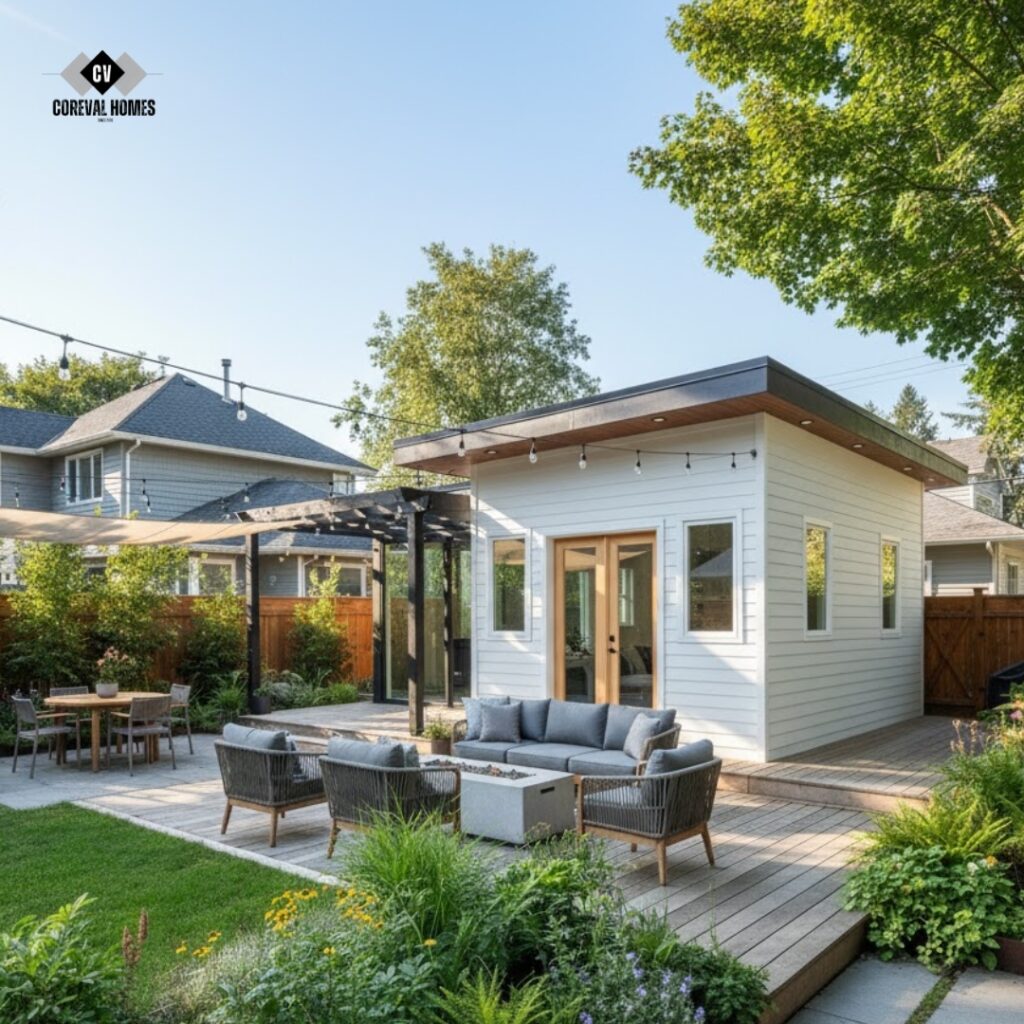Imagine walking into a room that transforms from a professional video conference space in the morning to a yoga studio in the afternoon, and then seamlessly converts to a guest bedroom for visiting relatives in the evening. This isn’t science fiction—it’s the reality of flex spaces, the revolutionary design concept that’s reshaping how Vancouver families think about their homes. As BC’s housing market continues to evolve and lifestyle needs become increasingly dynamic, flex spaces have emerged as the ultimate solution for future-proofing your Vancouver custom home designs investment.
Whether you’re planning for remote work, anticipating family growth, preparing for aging in place, or simply want to maximize your home’s functionality and resale value, understanding flex spaces isn’t just about following a trend—it’s about creating a home that adapts and grows with your life for decades to come. At CoreVal Homes, we’ve seen firsthand how these intelligent design solutions are transforming the way Vancouver families live, work, and age in their custom-built spaces.
What Makes a Space Truly “Flexible”? Understanding the Vancouver Custom Home Designs
A true flex space isn’t just an empty room with multiple purposes—it’s an intelligently engineered environment designed for seamless transformation. The key lies in what design professionals call “adaptive infrastructure,” which includes movable walls, modular built-in furniture, hidden storage systems, and smart technology integration that allows one room to serve multiple functions without compromising comfort or aesthetics.
Think of flex spaces as the Swiss Army knife of home design. The most effective flex rooms incorporate Murphy beds that fold seamlessly into wall units, creating an instant guest room that doubles as a home office during the day. Advanced flex spaces feature sliding glass doors or movable partition walls that can open up to adjacent rooms for large gatherings or close off for privacy and quiet work sessions. Some Vancouver custom homes even include retractable furniture systems where desks, exercise equipment, and entertainment centers emerge from hidden wall panels at the touch of a button.
The technology integration is equally sophisticated. Modern flex spaces include dedicated high-speed ethernet ports, adjustable LED lighting systems that shift from bright task lighting to warm ambient lighting, and integrated sound systems with zone controls. Climate control is zonally managed, allowing the space to be heated or cooled independently based on its current use. These technological features ensure that whether the room is functioning as a Zoom meeting space, a home gym, or a peaceful reading nook, the environment automatically adjusts to optimize comfort and functionality.
Location within the home is equally critical. The most successful flex spaces are positioned near main living areas for easy access but far enough from bedrooms to prevent noise conflicts. Many Vancouver custom homes feature flex spaces with separate external entrances, allowing them to function as client meeting rooms or rental suites without compromising family privacy.
The Multi-Generational Living Revolution: When Flexibility Becomes Essential
Vancouver’s housing market has made multi-generational living not just desirable but financially necessary for many families. Flex spaces have become the architectural solution that makes this arrangement comfortable and sustainable for everyone involved. Rather than cramming extended family into spaces that don’t fit their needs, smart flex space design creates harmony and independence within shared living environments.
Consider the aging parents scenario that’s increasingly common across BC. A well-designed flex space can serve as a semi-independent suite for elderly parents, complete with accessible bathroom facilities, kitchenette capabilities, and separate entrance options. During the day, it might function as their private living room and hobby space, while the adjacent bedroom area provides comfortable sleeping arrangements with easy access to main-floor facilities. This arrangement allows seniors to maintain independence while keeping family support close at hand—a solution that’s both emotionally satisfying and financially practical.
For families with boomerang children—adult children returning home due to economic circumstances or career transitions—flex spaces offer dignity and privacy. A recent CoreVal Homes project in Richmond created a stunning flex space that serves as a young professional’s apartment-style living area, complete with workspace, entertainment zone, and sleeping area, all within a single large room that maintains visual connection to the main house while providing functional independence.
Multi-generational entertaining becomes seamless with properly designed flex spaces. During family gatherings, these rooms can open up to expand living and dining areas, accommodating large groups. During quiet times, they provide peaceful retreat spaces where different generations can pursue their preferred activities without conflict. The key is designing spaces that feel intentional in every configuration, not like compromised afterthoughts.
Remote Work Revolution: Designing for the New Professional Reality

The shift to remote and hybrid work has fundamentally changed how Vancouver professionals use their homes. Traditional home offices often feel isolated or intrusive, but flex spaces offer the perfect solution: professional workspace functionality that doesn’t dominate your living environment. The most successful work-focused flex spaces incorporate acoustic design principles that minimize sound transmission, ensuring that video conferences don’t disturb family activities and household noise doesn’t interrupt professional calls.
Technology infrastructure is paramount for work-focused flex spaces. This means multiple power outlets positioned for various furniture configurations, built-in cable management systems, dedicated internet connections with backup capabilities, and integrated video conferencing equipment including professional lighting and camera mounting options. Many Vancouver custom homes now include soundproof phone booth areas within larger flex spaces—small, enclosed areas perfect for confidential calls or focused work sessions.
The psychological aspect of work-life balance becomes crucial in home-based offices. Flex spaces excel here because they allow for ceremonial transitions between work and personal time. A space that functions as a professional office during business hours can transform into a creative studio, exercise area, or family game room in the evenings, creating clear mental boundaries that dedicated home offices often lack.
Collaboration capabilities are increasingly important as remote work evolves. Modern flex spaces include whiteboard walls, presentation display mounts, and furniture that can quickly reconfigure for small team meetings or client presentations. Some Vancouver clients have requested flex spaces with separate client entrances and powder rooms, allowing for professional meetings without intrusion into family living spaces.
Aging in Place: Future-Proofing for Life’s Later Chapters
One of the most compelling arguments for flex space investment is their role in aging-in-place strategies. As Vancouver’s population ages, the ability to modify homes for changing mobility and health needs becomes invaluable. Flex spaces designed with universal access principles can seamlessly transition from active family use to accessible senior living without major renovation disruption. Innovative housing policies and modular design strategies aimed at creating sustainable, adaptable homes that meet the evolving needs of modern families.
Accessibility features built into flex spaces include wider doorways (minimum 36 inches), lever-style door handles, accessible light switches and outlets, and bathroom facilities designed for mobility aid use. The key is incorporating these features during initial construction in ways that enhance rather than compromise the space’s aesthetic appeal. Modern universal design is virtually invisible, providing accessibility benefits without the clinical appearance of retrofitted modifications.
Main floor flex spaces are particularly valuable for aging in place, as they eliminate stair navigation challenges that often force seniors to relocate. A ground-level flex space can transition from a home office or guest room to a comfortable master bedroom suite as mobility changes occur. Adjacent accessible bathroom facilities, walk-in showers with bench seating, and easy-access storage solutions ensure that seniors can maintain independence and dignity within their own homes.
Healthcare accommodation is an often-overlooked benefit of flex space design. These rooms can easily accommodate medical equipment, physical therapy sessions, or live-in care arrangements without disrupting the entire household. The ability to quickly reconfigure furniture and create clear pathways becomes invaluable when managing temporary or permanent health challenges.
Investment Value: How Flex Spaces Boost Property Value and Market Appeal
From a purely financial perspective, flex spaces represent one of the smartest investments Vancouver homeowners can make in their custom homes. Real estate data consistently shows that homes with flexible, multi-purpose spaces command premium prices and sell faster than traditionally designed properties. The reason is simple: today’s homebuyers prioritize adaptability and functionality over single-purpose formal rooms that may never be used.
Market appeal is dramatically enhanced by flex spaces because they allow potential buyers to envision multiple lifestyle scenarios within the same property. A young professional might see it as the perfect home office, while a growing family envisions it as a playroom that could later become a teenager’s retreat. Empty nesters might appreciate the guest accommodation potential, while multi-generational families see it as ideal in-law quarters. This broad appeal translates directly into faster sales and higher offers.
Appraisal values benefit significantly from flex space inclusion. Real estate appraisers increasingly recognize these spaces as functional square footage that serves multiple purposes, often valuing them higher than traditional single-use rooms. A 400-square-foot flex space that can function as office, guest room, and entertainment area provides more practical value than a formal dining room that’s used only occasionally.
Rental income potential adds another layer of investment value. Many Vancouver homeowners discover that well-designed flex spaces can generate significant rental income when circumstances change. Whether renting to a long-term tenant, offering short-term accommodations, or creating workspace rentals for local professionals, flex spaces provide income opportunities that traditional room designs simply cannot match.
The construction cost versus value equation is particularly favorable for flex spaces. While they may require slightly higher upfront investment for features like movable walls and enhanced technology infrastructure, the return on investment typically exceeds 85-90% in Vancouver’s competitive real estate market. Compare this to traditional renovations like kitchen updates (70-80% ROI) or bathroom remodels (60-70% ROI), and the financial advantage becomes clear.
Future market trends strongly favor flexible living solutions. As housing affordability challenges persist in Vancouver, buyers increasingly prioritize homes that maximize functionality within available space. Flex spaces represent the evolution from “bigger is better” to “smarter is better”—a philosophy that aligns perfectly with sustainable living principles and urban density realities.
Design Implementation: Bringing Flex Space Vision to Reality
Successfully implementing flex spaces requires careful planning and expert execution that goes far beyond simply creating an empty room. The most effective flex space designs begin with lifestyle analysis—understanding how your family actually lives, works, and entertains both now and in anticipated future scenarios. This analysis guides decisions about room size, location, infrastructure requirements, and design features that will make the space truly functional.
Structural considerations are crucial during the design phase. Flex spaces often require reinforced floor systems to accommodate varying furniture loads, from heavy exercise equipment to multiple-person work configurations. Ceiling height becomes particularly important—minimum 9-foot ceilings provide the visual spaciousness that makes room transformations feel intentional rather than cramped. Many Vancouver custom homes incorporate exposed beam ceilings that add architectural interest while providing mounting points for movable elements.
Electrical and technology planning requires thinking beyond standard residential requirements. Flex spaces need distributed power outlets on all walls, dedicated ethernet connections, robust WiFi coverage, and integrated smart home controls that can adjust lighting, temperature, and audio systems based on the room’s current function. Pre-wiring for projection systems, motorized window treatments, and security cameras ensures future upgrade possibilities without major renovation disruption.
Storage solutions make or break flex space functionality. Built-in storage systems with adjustable shelving, hidden compartments, and modular organization systems allow the room to accommodate everything from office supplies to exercise equipment to guest bedding. The best flex spaces include storage that’s both accessible and invisible—keeping the space looking clean and uncluttered regardless of its current function.
Material selection focuses on durability and maintenance ease since flex spaces experience varied use patterns. Commercial-grade flooring, washable wall finishes, and stain-resistant fabrics ensure that the space maintains its appearance despite heavy and diverse use. Color schemes tend toward neutral palettes that work equally well for professional video calls and family movie nights.
Vancouver Custom Home Designs
Flex spaces represent the future of intelligent home design, offering Vancouver families the adaptability they need to thrive in an ever-changing world. Whether you’re planning for remote work flexibility, multi-generational living, aging in place, or simply want to maximize your home’s functionality and resale value, incorporating flex spaces into your custom home design isn’t just smart—it’s essential. The key is working with experienced custom home builders who understand both the technical requirements and lifestyle benefits that make these spaces truly transformational.
Contact CoreVal Homes today to start your custom home project.
Meta Description: Discover how flex spaces in Vancouver custom homes boost property value while adapting to remote work, aging in place & multi-generational living needs.
FAQs
- How do flex spaces contribute to energy efficiency in custom homes?
Flex spaces enable targeted heating, cooling, and lighting, reducing wasted energy compared to unused rooms. Their adaptable design lets homeowners optimize energy usage based on current needs. - Can flex spaces be customized for hobby-specific needs like music or art studios?
Yes, flex spaces can be tailored with acoustic treatments, enhanced lighting, and specialized storage to serve as dedicated creative studios, supporting diverse artistic or musical hobbies. - How quickly can CoreVal Homes integrate flex space designs into a custom home build?
CoreVal Homes offers flexible planning timelines and expert consultation to incorporate adaptable flex space features efficiently, ensuring your Vancouver custom home meets your lifestyle needs promptly. - What materials does CoreVal Homes recommend for durable flex space flooring?
CoreVal Homes typically suggests commercial-grade flooring options like luxury vinyl tile or engineered hardwood, balancing durability, aesthetic appeal, and ease of maintenance for multi-use spaces. - Are flex spaces suitable for families with young children?
Absolutely, flex spaces can be adapted into safe play areas, study zones, or guest rooms, providing families with young children flexible environments that grow with their changing needs.
People Also Ask
- What makes a flex space different from a traditional spare room?
A flex space is intentionally designed with adaptable infrastructure and technology to serve multiple functions seamlessly, unlike a traditional spare room with a single fixed purpose. - How do flex spaces impact home resale value in Vancouver?
Homes with well-designed flex spaces often attract higher resale prices due to their versatile appeal to buyers seeking adaptability for remote work, multi-generational living, or lifestyle changes. - Can smart home technology be integrated into flex spaces?
Yes, smart home automation systems can control lighting, climate, and entertainment setups within flex spaces, enhancing convenience and customized environment control. - What are the zoning considerations when planning an external entrance for a flex space rental?
Local municipal zoning laws may limit or require permits for separate entrances used for rentals; consulting professionals ensures compliance during your Vancouver custom home designs. - How do flex spaces support mental health and well-being?
By enabling purposeful room transformations and designated activity zones, flex spaces help maintain work-life balance, reduce stress, and encourage healthier daily routines.
